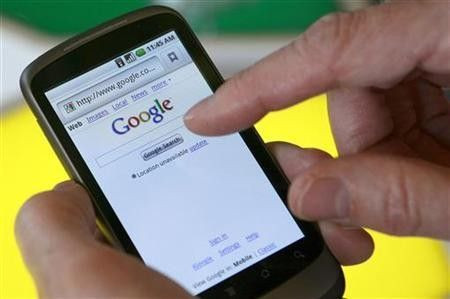Android Marshmallow struggles with adoption, barely hits 1%

While Lollipop may be running in one out of three Android devices, Marshmallow continues to struggle with adoption. According to the recent numbers, the latter's adoption rate has still yet to reach 1 percent.
It has been three months since Google released the Android Marshmallow update but devices are not racing to get it. It was only around October when adoption started picking up even with the September 29 launch of the software. The availability period compared to the adoption rate is enough to suggest that user interest is at its lowest. The 0.7 percent adoption rate following the launch can be considered "terrible," according to Venture Beat.
"We are once again reminded how few Nexus devices Google is able to sell, how long it takes for mobile device makers to ship new smartphones and tablets with the latest Android release, and how long it takes Android updates to roll out to the masses," wrote Emil Protalinski.
According to Android's page, the Android 5.0 Lollipop adoption rate is at 16.9 percent while the 5.1 version is at 15.7. Marshmallow is at 0.7 percent with data collected up to January 4. When compared to the number of Gingerbread devices, the older version has four times more devices running on it over the newer version. This is considering that the Gingerbread software version has not been updated for more than four years.
There are also no indications whether the Nexus devices were big hits during the holidays taking into account that Marshmallow increased by merely 0.2 percentage points starting early December. Figures for Apple suggest that it overtook Android during the season.
Android 5.0 and Android 5.1 Lollipop versions were the only versions aside from the Marshmallow to grow within the same period. Everything else has flatlined or declined. There are expectations for Lollipop to surpass KitKat to be the most used platform. Furthermore, there are also projections that Marshmallow will not reach its peak until 2017.





















